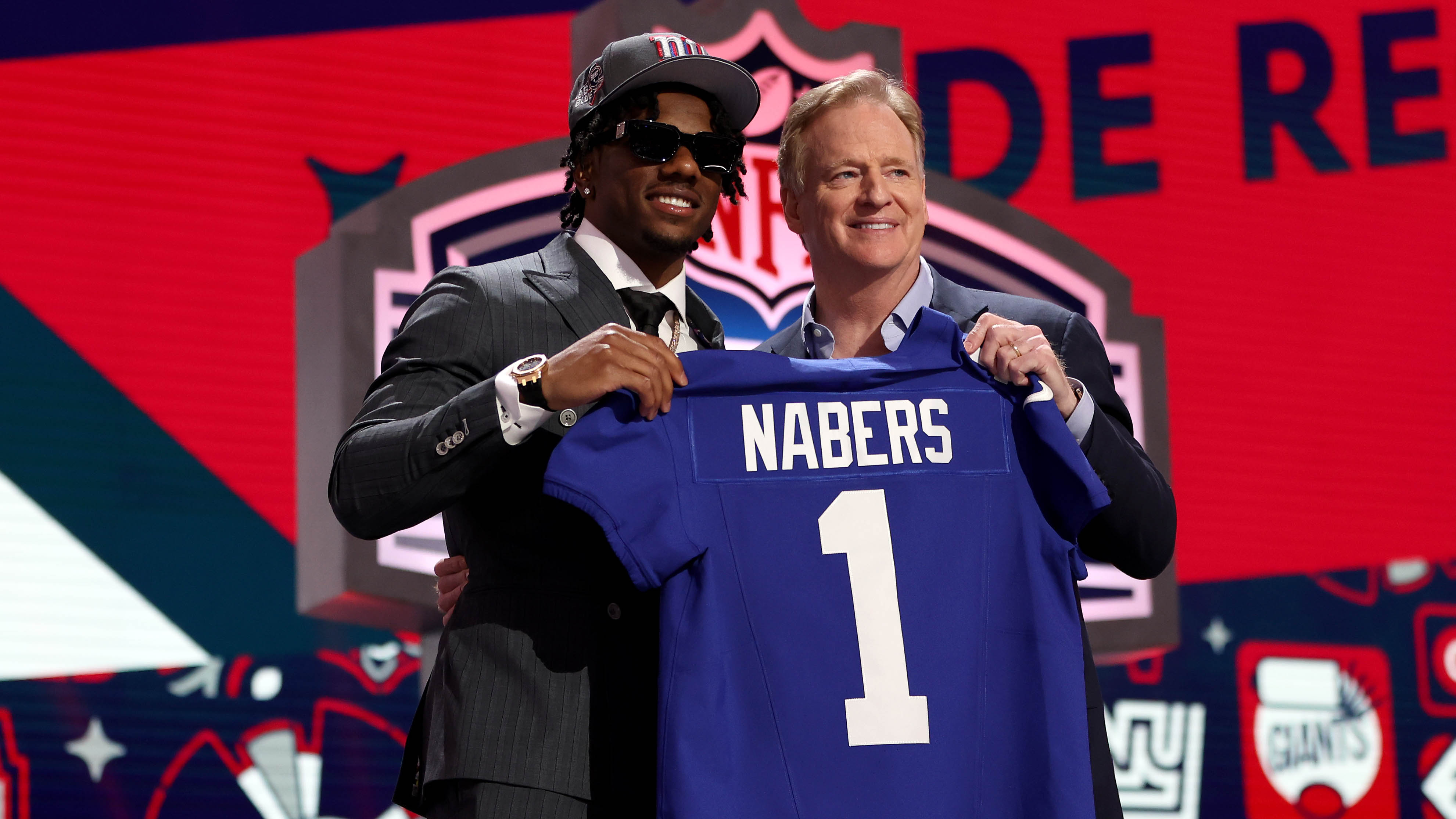What to Know
- The Museum of Arts and Design has captivated a new crowd of young students and nostalgic dads with their punk rock exhibition
- “Too Fast to Live, Too Young to Die: Punk Graphics, 1976–1986” is the first major exhibition to explore punk culture through graphic design
- MAD launched the show in April and will continue to run it through August 18
When Andrew Krivine looks at posters from the punk era, he says he can almost hear the music. Now, with 400 of the collector's posters on display at a punk rock design exhibition in Manhattan, he's hoping these designs might embolden a new generation of artists and rebels.
“The designs really capture the music,” Krivine said. “And that’s what I think great graphic design can do -- capture the essence of a sound.”
“Too Fast to Live, Too Young to Die: Punk Graphics, 1976–1986” at The Museum of Arts and Design is the first major exhibition to explore punk culture through graphic design. MAD launched the show in April and will continue to run it through August 18.
The exhibition, which takes up two floors of the Manhattan museum, features posters, pins and other memorabilia from the punk era. Visitors can also watch live performances from the time, spin a vintage vinyl record or two and listen to the music that inspired an international revolution.
Although the show originated in Bloomington, Michigan, MAD makes it its own by dedicating a section of the exhibit to the American mecca of punk: New York.
Local
MAD director Chris Scoates said the museum aims to educate younger audiences about the cultural significance of punk, which continues to influence graphic design, fashion and cinema today. The exhibition also allows older generations to reflect on the sights, sounds and social movements of their youth.
Rather than organizing the show in chronological order, MAD categorized the visual pieces by theme, like eclectic typography, comic book-inspired graphics and image appropriation -- think the Sex Pistols’ iconic “God Save the Queen” cover.
More than two-thirds of the exhibition was contributed by Krivine. For the collector who has amassed about 3,000 pieces of punk ephemera since his late teens, providing the exhibition with roughly 400 posters and a few hundred pins was no biggie.
Since he got his first taste of the rebellious British punk scene in 1977, Krivine said he has had OCCD -- obsessive compulsive collecting disorder -- and has acquired outrageous amounts of records, flyers and posters.
He said he is thankful that museums like MAD are showcasing the great pre-digital artwork that has been overlooked until now.
“It’s important because young people don’t really know about this stuff,” Krivine said. “I think it can really inspire people.”



